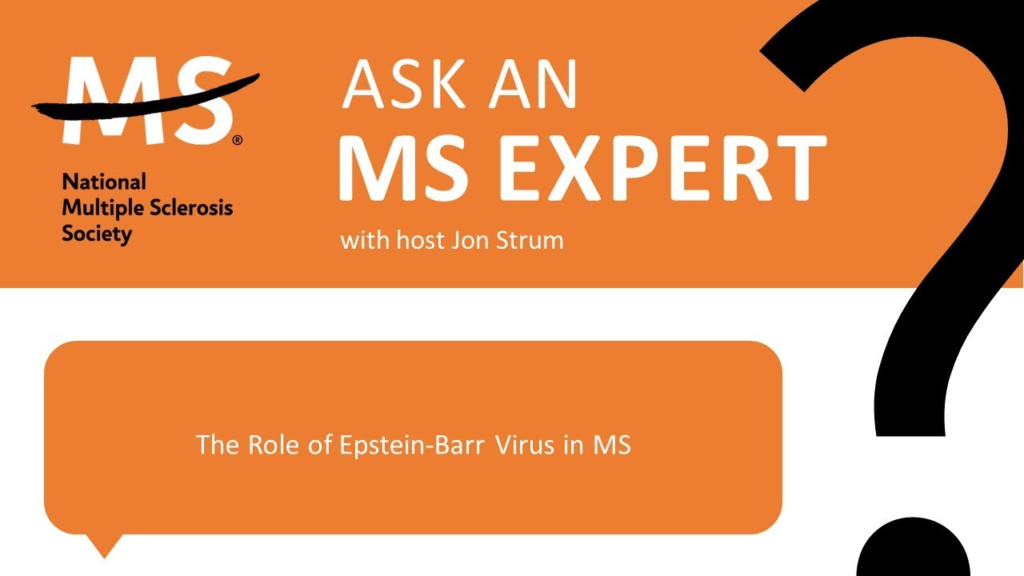A cell therapy using myeloid cells that are bound to drug delivery microparticles reduces disease burden in a preclinical model of multiple sclerosis.
: Displayed on the left is an immunofluorescence image of a monocyte, where its outer cell membrane is stained in green and its nucleus is stained in blue. Additionally, the team has connected tiny carriers filled with anti-inflammatory drugs, stained in red, to the monocyte. On the right, there is an illustration demonstrating how drug-filled carriers can be easily attached to primary monocytes taken from peripheral blood, using an antibody fragment that binds to a specific surface protein. This research was conducted at the Wyss Institute at Harvard University.
Certainly! Here’s the rewritten text: Multiple sclerosis (MS) is a severe autoimmune disease that damages the protective myelin around nerves. This damage disrupts communication between the brain and the body, leading to a progressive decline in patients’ ability to move and function. According to the 2020 MS atlas, someone is diagnosed with MS every five minutes globally, contributing to a total of about 2.8 million individuals currently living with the disease. Alarmingly, the worldwide prevalence of MS has increased by 30% since 2013.
A key factor in multiple sclerosis (MS) is the sudden inflammation of nerves caused by myeloid cells of the “innate” immune system in vulnerable regions of the brain and spinal cord, which make up the central nervous system (CNS). These “acute inflammatory lesions” then attract other myeloid cells, as well as self-reactive T and B cells that belong to the “adaptive immune system” and directly attack the myelin covering. Although there is no cure for MS, current disease-modifying therapies in the form of small molecule and protein drugs either target the self-reactive immune cells directly or broadly dampen inflammation. However, many of these therapies cause severe side effects in different parts of the body, including the immune system itself, and thus carry significant health risks.
At the Wyss Institute for Biologically Inspired Engineering at Harvard University and Harvard John A. Paulson School of Engineering and Applied Sciences (SEAS), a research team has created a cell therapy that offers a promising alternative to current small molecule and protein therapies. This innovative approach utilizes myeloid cells, which are the specific type of immune cells responsible for triggering nerve inflammation in patients with multiple sclerosis (MS).
To turn potentially inflammatory myeloid cells into therapeutic cells, the researchers isolated and cultured monocytes (a type of myeloid cell) from the bone marrow of donor mice. They then attached tiny micro particles, known as “backpacks,” to the surfaces of these cells. These backpacks were filled with anti-inflammatory molecules, which guided the carrier cells’ differentiation into anti-inflammatory cells in the body. When these backpack-laden monocytes were reintroduced into a mouse model of MS, they could impact MS-specific immune responses, partially reverse hind limb paralysis, and improve motor functions. The study detailing these findings has been published in the Proceedings of the National Academy of Sciences (PNAS)
Here is the revised text: “Currently, existing MS treatments do not specifically target myeloid cells, which are versatile cells that can switch between different states and are difficult to control. Our approach, which involves using biomaterial-based backpacks, effectively keeps these cells locked into their anti-inflammatory state,” explained senior author Samir Mitragotri, PhD, a Core Faculty member at the Wyss Institute. “This method is in many ways simpler than other cell therapies, as myeloid cells can be easily obtained from the peripheral blood of patients, modified with backpacks during a short culture process, and then reinfused back into the same donor. Once reintroduced, the cells make their way to inflammatory lesions and have an impact on the MS-specific immune response, not only locally but also more broadly.” Mitragotri also serves as the Hiller Professor of Bioengineering and the Hansjörg Wyss Professor of Biologically Inspired Engineering at SEAS.
Many cell therapies, like CAR-T cell therapies, require immune cells to be mobilized from specific tissue compartments in the body using drugs or genetic modification. Afterwards, the cells are amplified outside of the body over several weeks. Myeloid cells can be retrieved directly using established methods and modified with backpacks within hours, making the therapy more easily translatable. Additionally, certain myeloid cell types have the ability to cross the blood-brain barrier, which makes them particularly suitable for treating diseases of the central nervous system. of the central nervous system.
New spin for cellular backpacks
Mitragotri’s group previously discovered that by attaching small disc-shaped backpacks to cells of the myeloid lineage, they could remain stably exposed on the cells’ surface. This was in contrast to many other cells that would readily internalize and inactivate the backpacks. By adding certain molecules to the backpacks, the team was able to maintain control over the cells’ behavior. They used this discovery in a cell therapy aimed at fighting tumors, which involved using backpack-laden macrophages, a specific type of myeloid cell. In their new study, they shifted their focus to monocytes, another type of myeloid cell that serves as a precursor to macrophages. Monocytes are capable of infiltrating the brain and differentiating into macrophages, which are a predominant inflammatory cell type in active MS lesions.
“Due to their capability to penetrate the CNS, enter inflammatory lesions, and transform into macrophages, it made perfect sense to implement a backpack strategy to regulate monocyte differentiation,” said Neha Kapate, the lead author and a graduate student collaborating with Mitragotri. “We chose to use backpacks containing interleukin-4 [IL-4] and dexamethasone, two molecules that we later discovered to have a combined anti-inflammatory effect.”
The team created micrometer-size backpacks using a process called serial “spin coating.” This process involves layering thin films made of a PLGA polymer and other biocompatible substances, which contain anti-inflammatory molecules. These layers are stacked on top of each other, similar to the layers of an onion. As a final step, an antibody fragment was added to the outer surface of the backpacks to allow them to attach to monocytes.
Cellular backpacks get legs
In order to test the therapeutic effectiveness of the backpack-carrying monocytes, the researchers took monocytes from healthy donor mice and attached the backpacks to them after a short cell culture process. They then introduced the modified cells into a mouse model of MS called experimental autoimmune encephalomyelitis (EAE). “When we infused monocytes carrying the backpacks and, at the same time, unaltered control monocytes into EAE mice with ongoing nerve inflammation, the backpack-carrying monocytes more effectively infiltrated into inflamed CNS lesions. They also reduced inflammation inside the lesions and shifted the local and systemic MS-associated immune response towards a therapeutic outcome,” explained Kapate. “The resulting anti-inflammatory monocytes also had communication effects with other immune cell populations, such as specific T helper cells that are associated with the self-directed adaptive autoimmune response.”
In a study, EAE mice treated with backpack-laden monocytes showed significantly improved symptoms. The treatment extended the animals’ survival, with all mice receiving backpack-carrying monocytes surviving to the end of the study. These therapeutic benefits are comparable to treatments reported in other studies. The team plans to investigate their approach in models of relapsing-remitting MS, as it could have enormous benefits for patients by suppressing inflammation early on.



